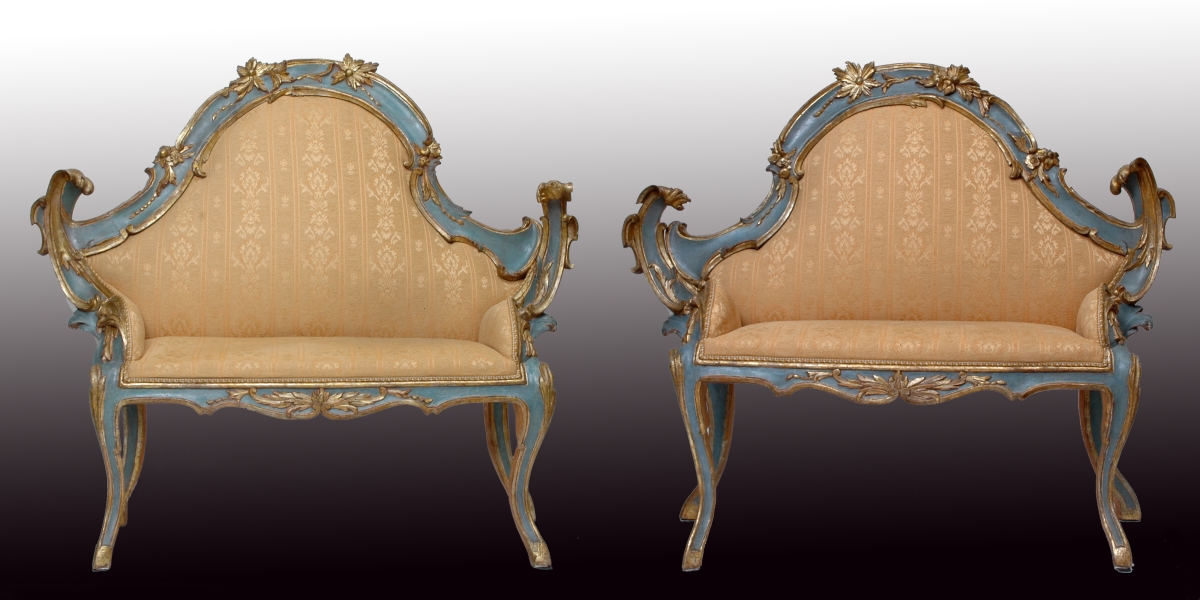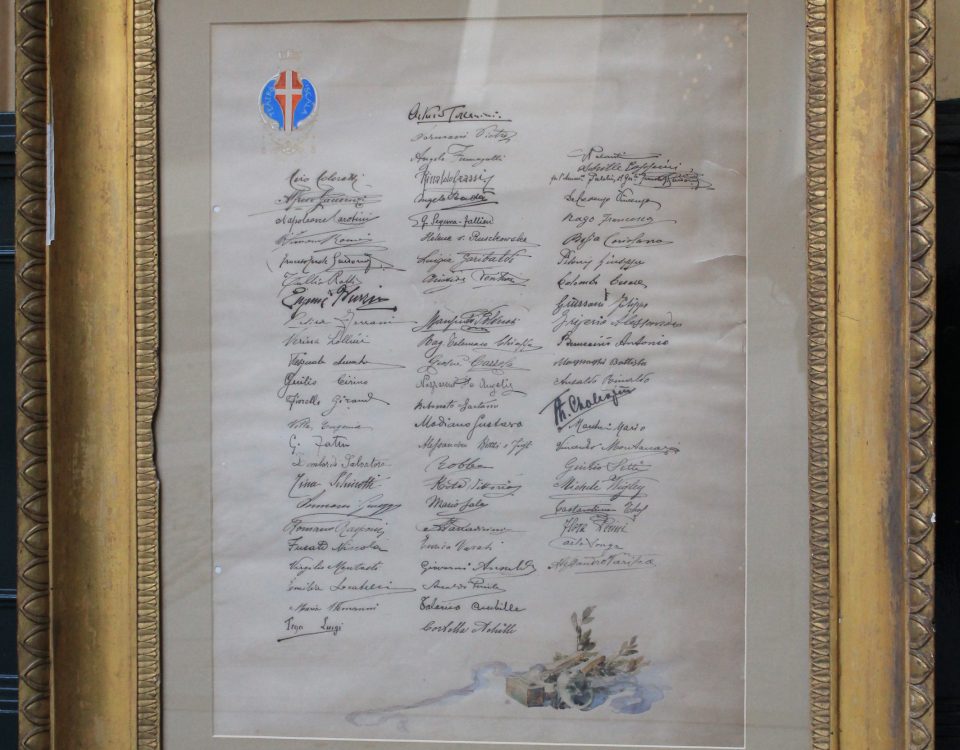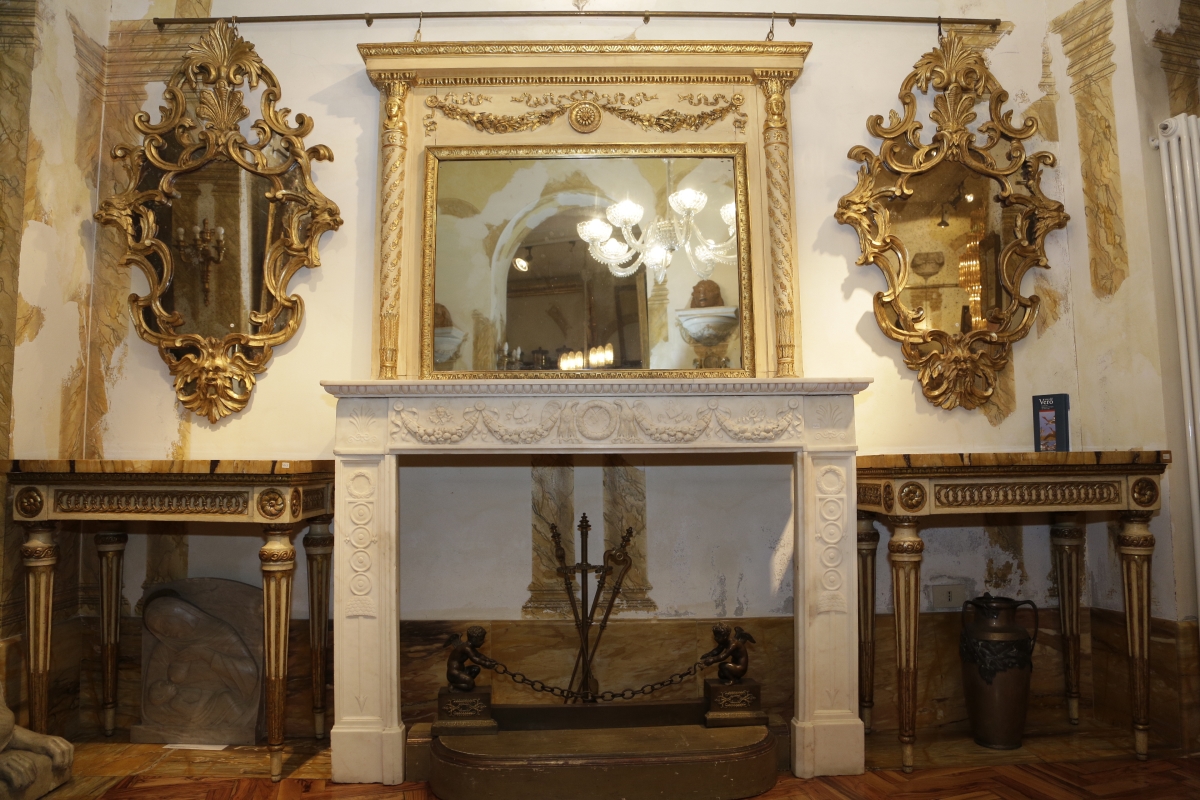
Il nuovo ruolo dell’antiquariato
4 Ottobre 2016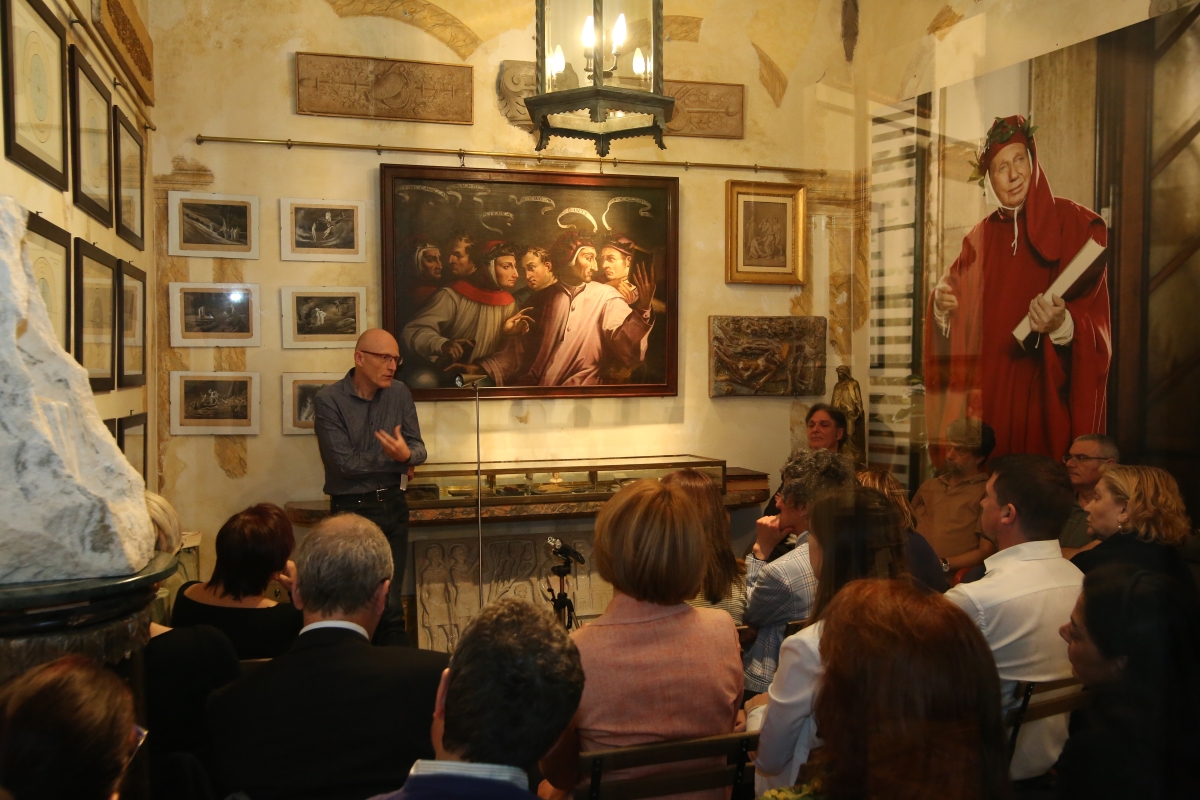
I video dell’evento “Amore ed Eros”
28 Ottobre 2016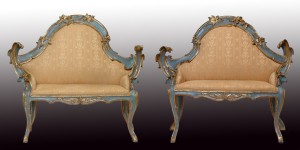 In the last times we can see many styles living together in a sort of eclecticism: Minimalism, Ethnic, Vintage, Neo-Baroque… and often in this mix we see furnishings which are copy of antiques. The question is: why should we prefer a copy instead of an original furniture? Reproducing the past makes sense if an artist or a designer gives a personal interpretation of an old style in a new manner, otherwise it’s a steril work. On the contrary, an antique furniture tells us a story, our story, and has a cultural meaning, showing the evolution (sometimes the revolution) of the aestethic taste and of the styles, which reflect social (re)evolution. Furthermore, an original furniture is ecological. The challenge, for an interior d
In the last times we can see many styles living together in a sort of eclecticism: Minimalism, Ethnic, Vintage, Neo-Baroque… and often in this mix we see furnishings which are copy of antiques. The question is: why should we prefer a copy instead of an original furniture? Reproducing the past makes sense if an artist or a designer gives a personal interpretation of an old style in a new manner, otherwise it’s a steril work. On the contrary, an antique furniture tells us a story, our story, and has a cultural meaning, showing the evolution (sometimes the revolution) of the aestethic taste and of the styles, which reflect social (re)evolution. Furthermore, an original furniture is ecological. The challenge, for an interior d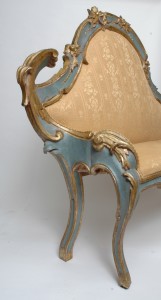 esigner, in my opinion is to give a new sense and a new interpretation of the antiques through the way in which he places it in a contemporary context. In this challenge he can show his creativity, his fantasy and his cultural background. You don’t
esigner, in my opinion is to give a new sense and a new interpretation of the antiques through the way in which he places it in a contemporary context. In this challenge he can show his creativity, his fantasy and his cultural background. You don’t 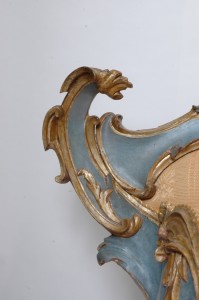 need great expertise and talent in mixing different styles, but you need high skills and professionalism in giving a new interpretation of the antiques, playing with mentions, references, irony etc… It was very different in the eighties, when you could see an entire room in a unique style, for example Neoclassic (Louis XVI, Empire, Directoire, Biedermeier), with original furniture and contemporary copies together. Today this is unthinkable. We are in an eclecticism era and if we don’t want a steril eclecticism, we have to give a new meaning to the past, with the capacity of reading the contemporary through a social, historical and cultural lens: historia magistra vitae. So, the challenge is to find an original collocation and use of an antique furniture in a contemporary context, giving in this way a new meaning of the entire decor. It means to find concordance among works which are from different ages but which are able to create an harmonic dialogue. This pair of rococo sofas (cm 128x143x35), for example, can’t be imitated, because they tell their own story. They show the transition from a rococo to a neoclassic style: this story can’t be reproduced. The two sofas are in carved wood painted in blue and gilded, the back has curled boss and they have curved legs and curved armrests, that are rococo elements, but at the same time we can sense a neoclassic atmosphere. In the opinion of the famous art historian Alvaar Gonzalez Palacios, who wrote an expertise of these sofas, their bizarre formal design remembers the german style: the furniture of Francois Cuvilliés and the draws of two ornamentalists, Franz-Xaver Habermann and Johann Michael Hoppenhaupt, who worked for courts of princeps and bishops like Dresda and Berlin. The provenance is Bavaria, the date 1770.
need great expertise and talent in mixing different styles, but you need high skills and professionalism in giving a new interpretation of the antiques, playing with mentions, references, irony etc… It was very different in the eighties, when you could see an entire room in a unique style, for example Neoclassic (Louis XVI, Empire, Directoire, Biedermeier), with original furniture and contemporary copies together. Today this is unthinkable. We are in an eclecticism era and if we don’t want a steril eclecticism, we have to give a new meaning to the past, with the capacity of reading the contemporary through a social, historical and cultural lens: historia magistra vitae. So, the challenge is to find an original collocation and use of an antique furniture in a contemporary context, giving in this way a new meaning of the entire decor. It means to find concordance among works which are from different ages but which are able to create an harmonic dialogue. This pair of rococo sofas (cm 128x143x35), for example, can’t be imitated, because they tell their own story. They show the transition from a rococo to a neoclassic style: this story can’t be reproduced. The two sofas are in carved wood painted in blue and gilded, the back has curled boss and they have curved legs and curved armrests, that are rococo elements, but at the same time we can sense a neoclassic atmosphere. In the opinion of the famous art historian Alvaar Gonzalez Palacios, who wrote an expertise of these sofas, their bizarre formal design remembers the german style: the furniture of Francois Cuvilliés and the draws of two ornamentalists, Franz-Xaver Habermann and Johann Michael Hoppenhaupt, who worked for courts of princeps and bishops like Dresda and Berlin. The provenance is Bavaria, the date 1770.
I propose a game to the interior designers: to create a modern and original decor modern for these sofas, for any room you like (lounge, hall, bedroom…). Let’s go!
Sergio Baroni

